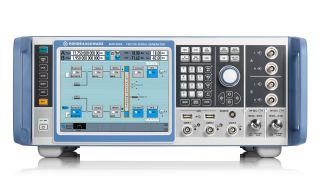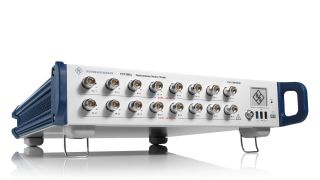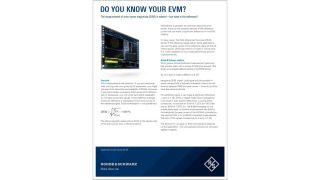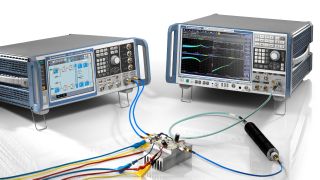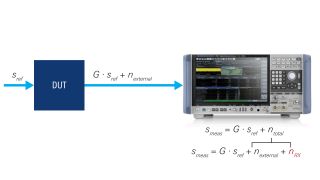Power amplifier verification
In the fast-paced world of wireless connectivity, the demand for higher data rates continues to surge. Complex modulation schemes play a crucial role in meeting this demand. A low error vector magnitude (EVM) at both the component and system levels is key to ensuring that these modulation schemes are robust and stable.
Different use cases call for different modulation schemes. They are tailored to handle a wide range of transmission channels, spanning short to long distances and addressing a wide range of application demands - from high data rates in Wi Fi to lower rates for IoT scenarios. Complex modulations that use high order schemes require extremely low EVM figures to reliably decode transmitted signals.
The radio frequency (RF) frontend - with its active devices - is particularly critical to the EVM capabilities of a complete system. The main nonlinearities that cause EVM degradation come from the RF power amplifier (PA). At the system level, digital pre-distortion (DPD) is used as main linearization method to improve the overall EVM performance.
Rohde & Schwarz stands at the forefront of RF component characterization, offering industry-leading solutions for EVM validation. Numerous EVM reference test platforms around the globe rely on Rohde & Schwarz technology, cementing our position as a trusted partner in ensuring the optimal performance of wireless systems.





